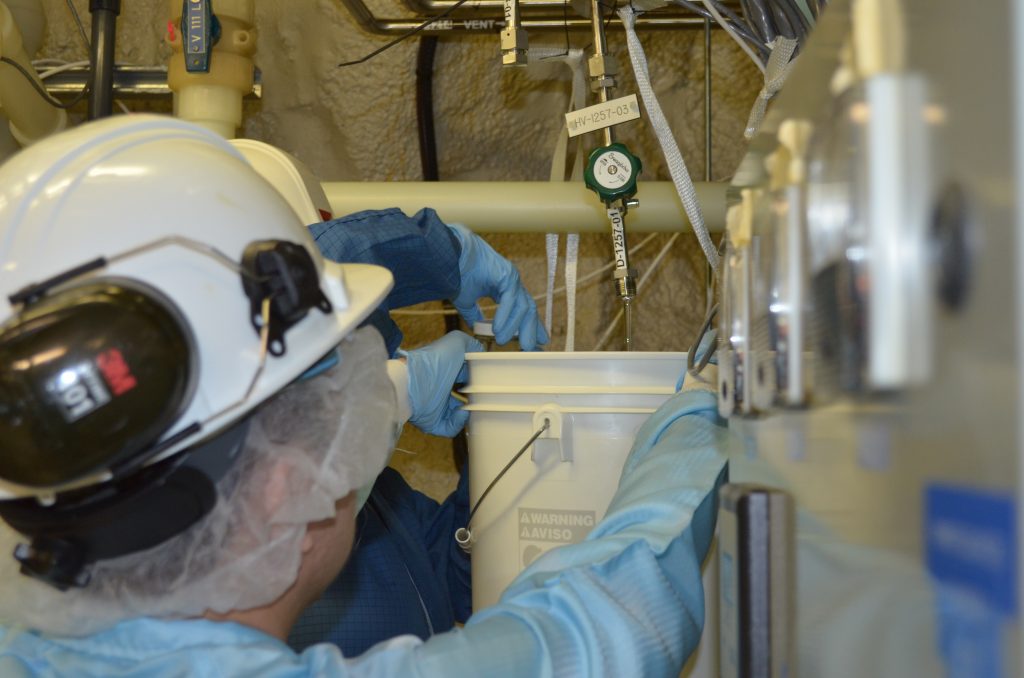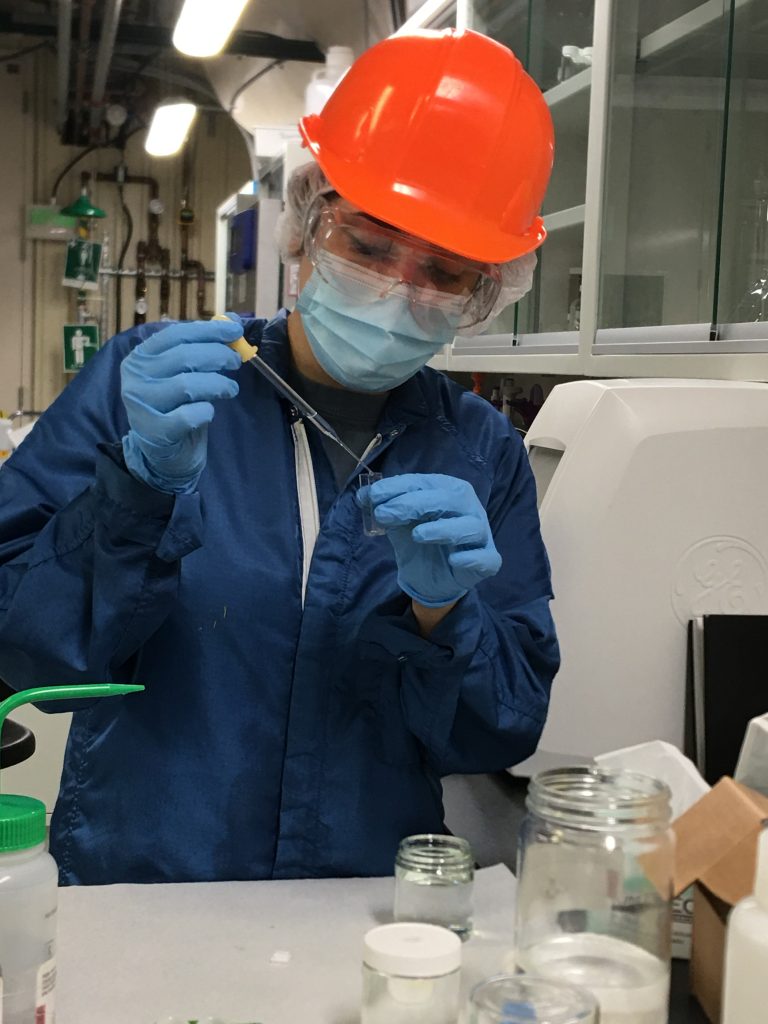The SNO+ experiment completes scintillator fill and PPO loading
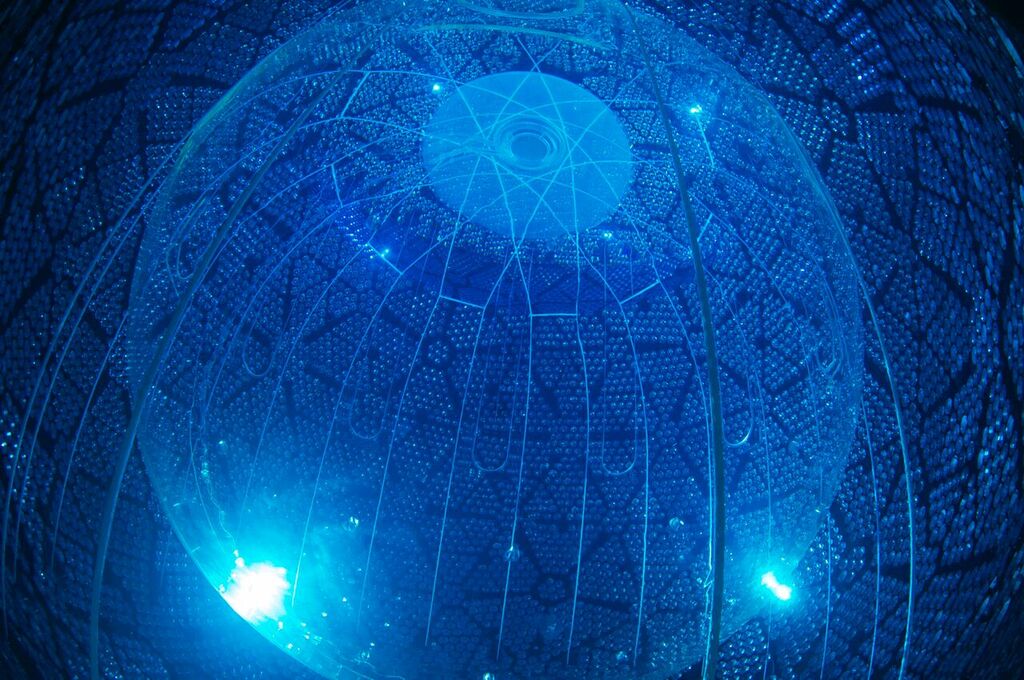
The SNO+ collaboration, with support from SNOLAB staff, has completed the liquid scintillator detector fill and PPO loading marking a huge milestone for the experiment. The acrylic vessel now holds 780 tonnes of liquid scintillator along with 2 tonnes of a dissolved chemical compound called PPO. The PPO powder, roughly the weight of 4 grand pianos, was carefully added in small batches, ensuring it fully dissolved in the liquid scintillator.
The completion of the PPO loading will allow the SNO+ experiment to be even more sensitive to particle interactions than with scintillator alone. This additional sensitivity means the experiment will produce even more light when particles interact, most importantly the neutrinos that SNO+ is studying. This additional sensitivity means the experiment is moving into an exciting new phase of data collection. This new phase will increase the understanding of neutrinos, including looking at supernova neutrinos, solar neutrinos, and geo and reactor antineutrinos. SNOLAB Research Scientist Dr. Christine Kraus says, “Bringing a scintillator detector online for some very sensitive neutrino measurements is extremely exciting. This will be the first measurement of geoneutrinos in the Canadian Shield.”
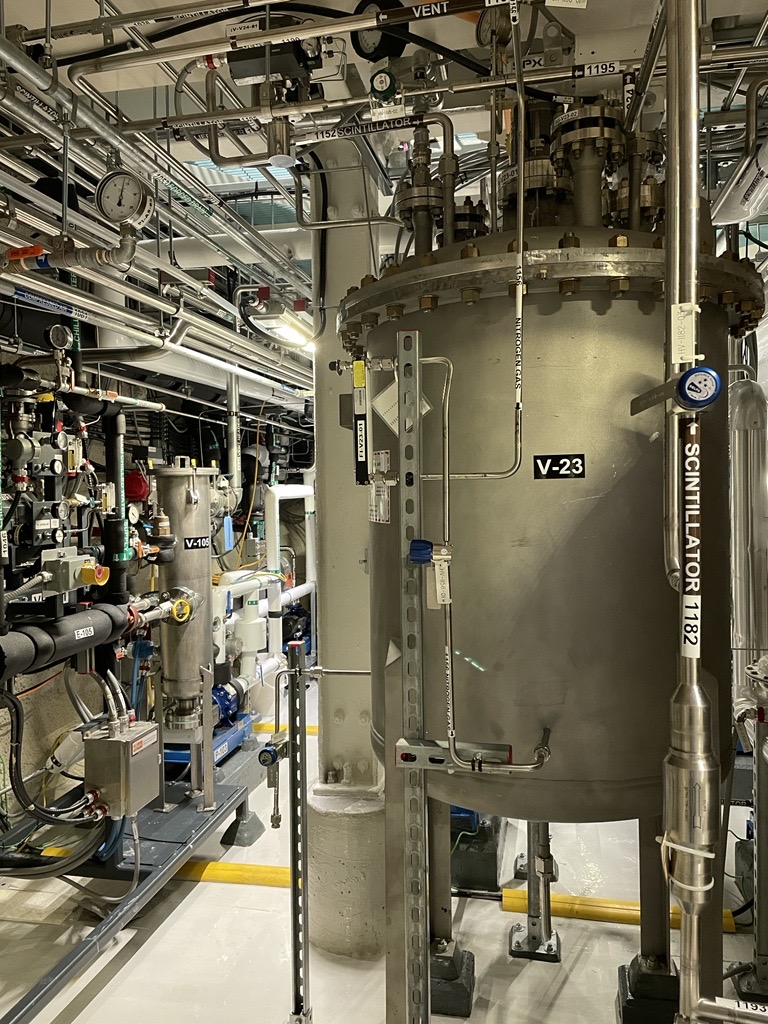
The underground scintillator plant. Credit: SNOLAB. 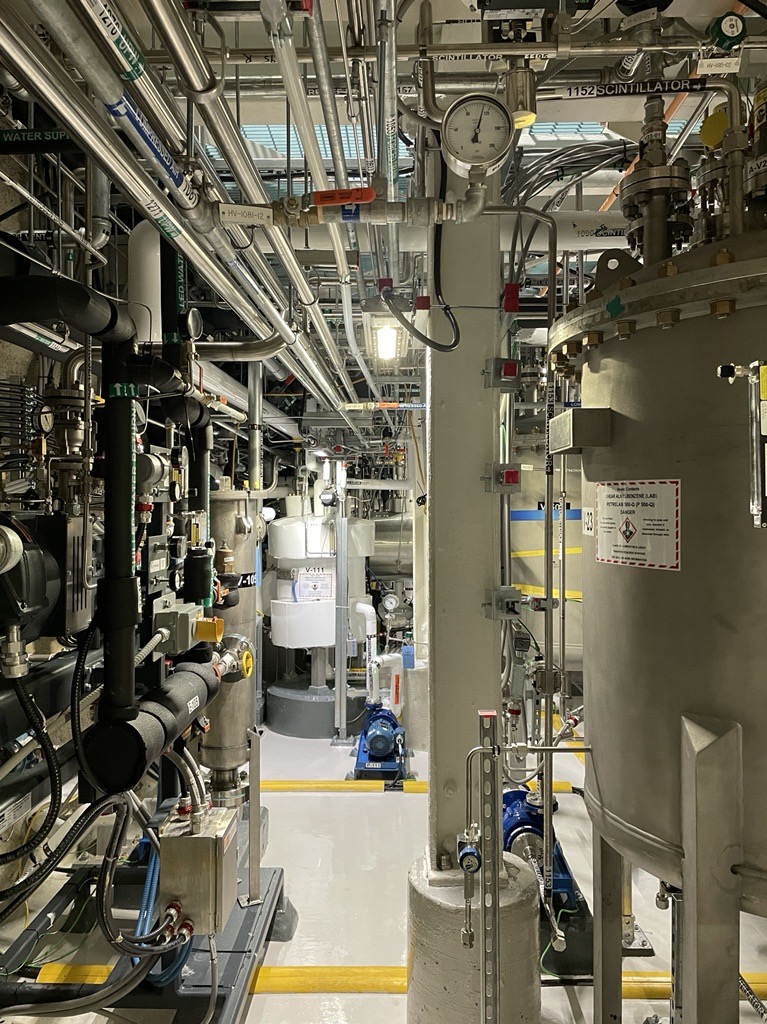
The underground scintillator plant. Credit: SNOLAB.
The scintillator as well as the added PPO was processed in the underground scintillator plant to meet the high cleanliness and purity standards needed for the experiment. This process involved careful monitoring and quality control checks to ensure the quality of the material going into the experiment. Overall, 115 people contributed to the scintillator fill project.
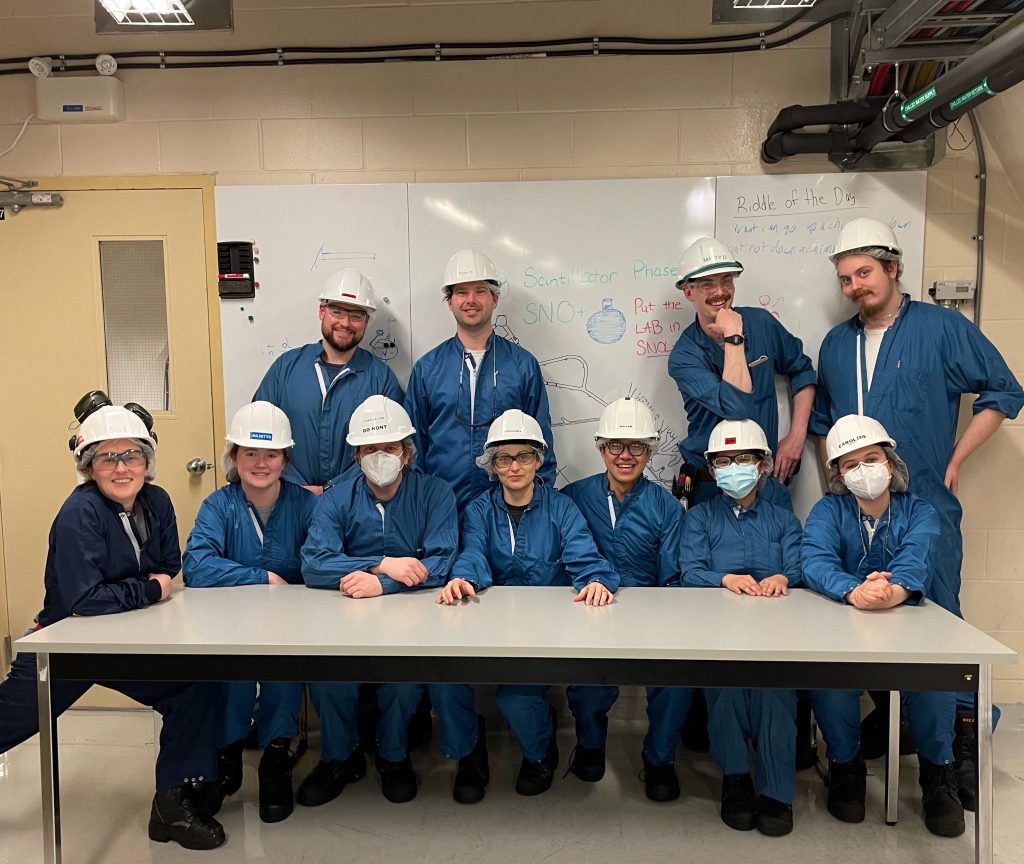
Completing this task required support from many of SNOLAB’s teams. The cleaner maintainers, warehouse staff, and trammers dealt with the logistics of 144 scintillator rail car trips to the underground lab. The engineering and system operator groups ensured the scintillator plant was operational and producing high quality scintillator. The scientific support team helped with checking the quality of the scintillator being produced. Throughout this process 4925 samples were taken to test for optical clarity, density, and light absorption properties.
“This milestone is a huge achievement that was due to the dedication of hundreds of people,” said SNOLAB Director of Research Dr. Jeter Hall. “This was done by an integrated team of people from the SNO+ Collaboration and SNOLAB staff. Everyone worked together to address the logistic, cleanliness, quality, safety, engineering, management, and scientific challenges to accomplish this milestone.”
Reaching this exciting experiment milestone was truly a collaborative effort that required a lot of hard work and dedication from everyone who contributed. Congratulations to everyone involved!
